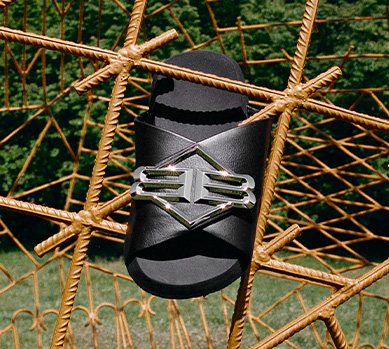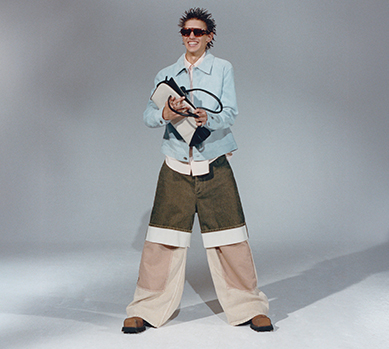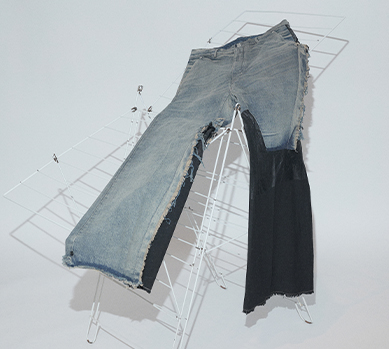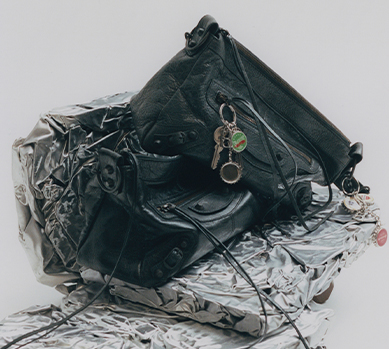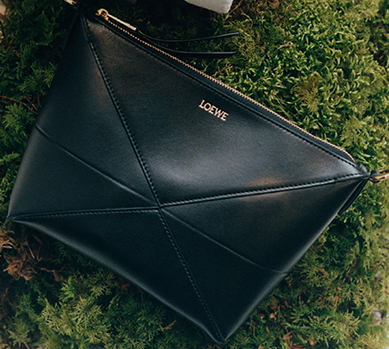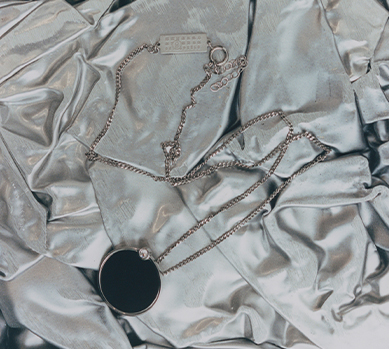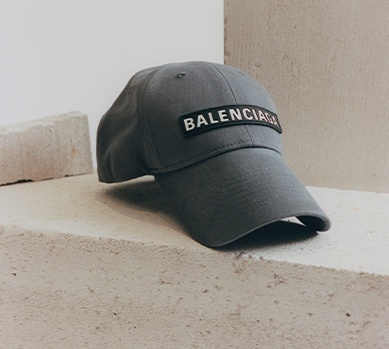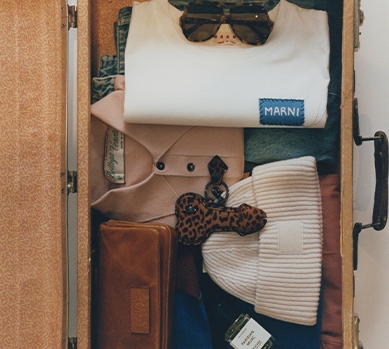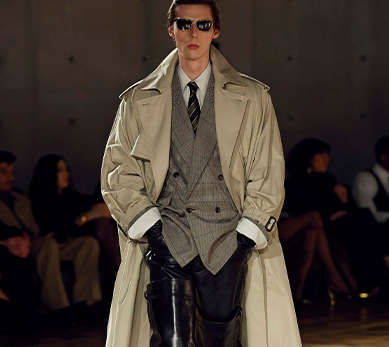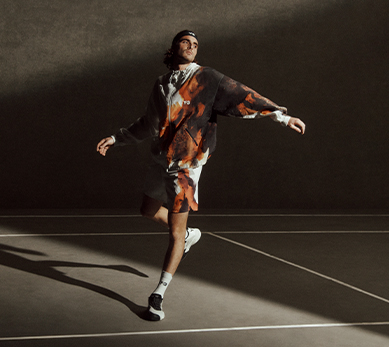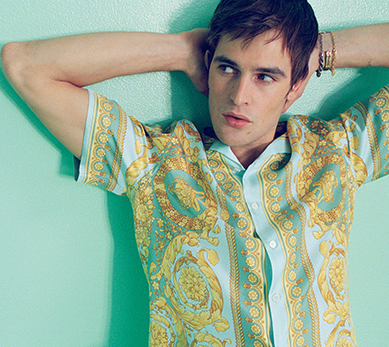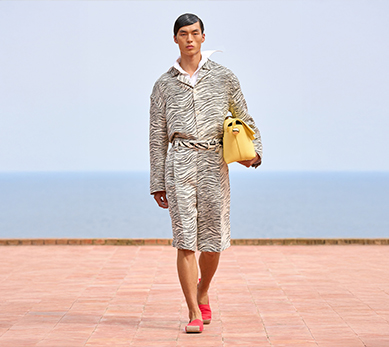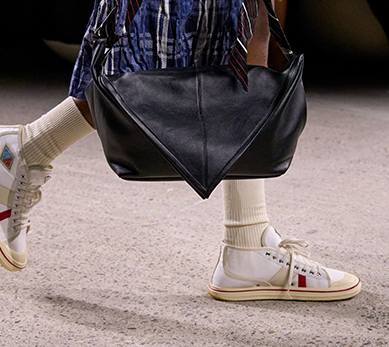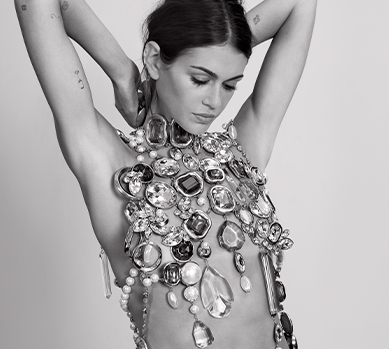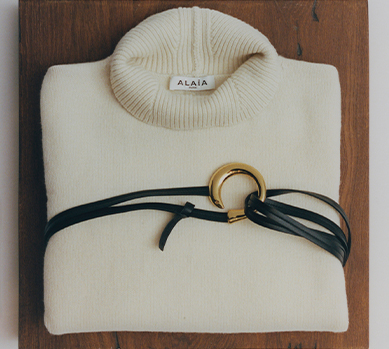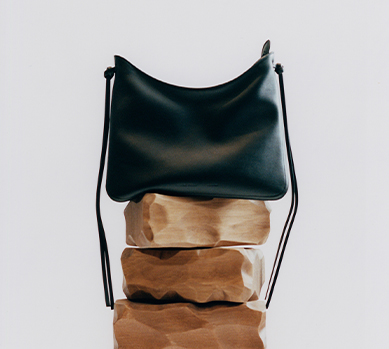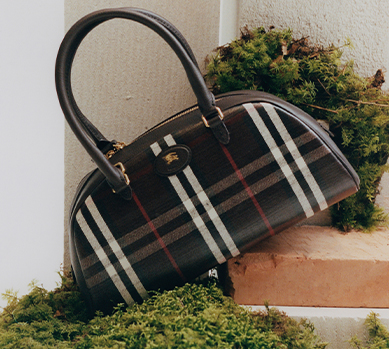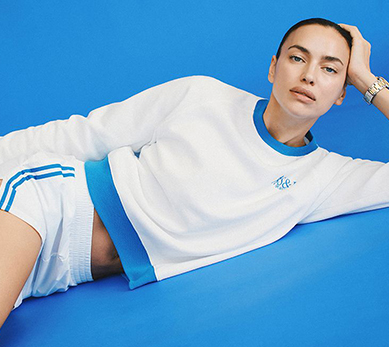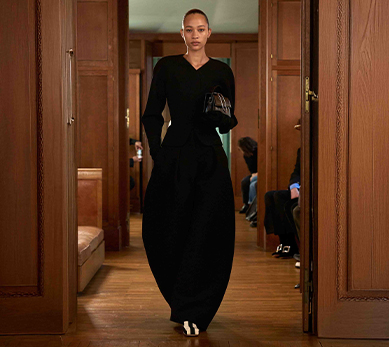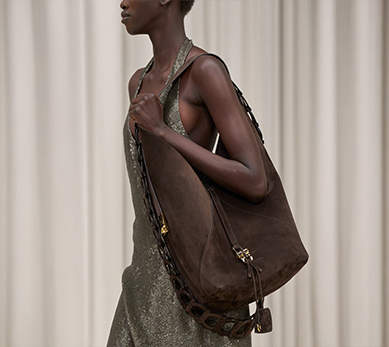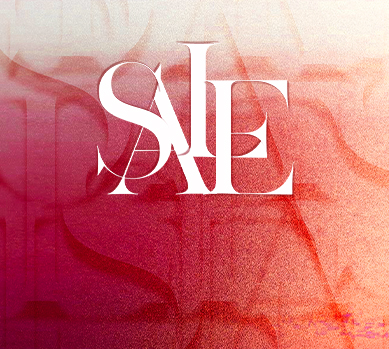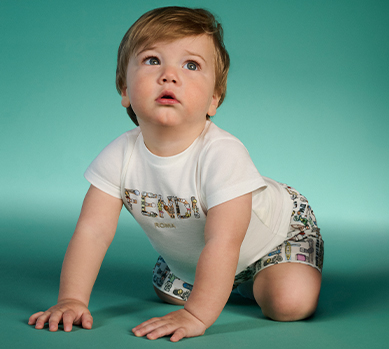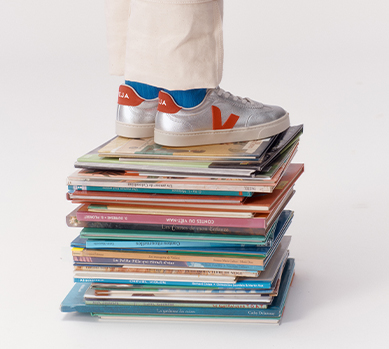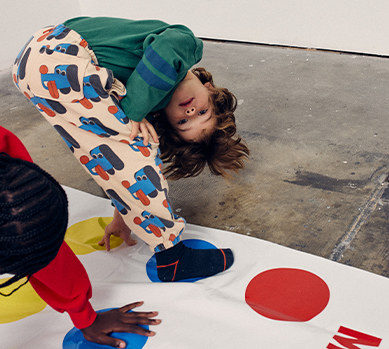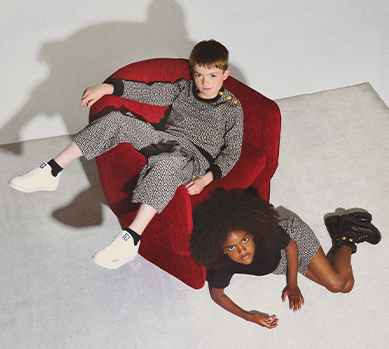Italian clothing brands: an anatomy of luxury, craftsmanship, and immortal style
Fashion

Explore the secrets of Italian brands – from Milan’s runways to Neapolitan tailoring – and see why their authenticity continues to captivate the world.
The "Made in Italy" label is much more than just information about origin. It is a promise, a seal of quality, and a cultural symbol that resonates with consumers worldwide. For decades, Italian clothing brands have been shaping global trends, defining the concepts of elegance, luxury, and impeccable craftsmanship. However, behind the glamour of Milan's runways and Rome's boutiques lies a deep story of centuries-old tradition, the geography of style, and a philosophy in which fashion is inextricably intertwined with the art of living.
Understanding the phenomenon of Italian fashion requires a journey that leads from Renaissance workshops, through post-war reconstruction, to the contemporary challenges of globalization. It's a story that allows us to appreciate why these brands still remain at the top, offering something that cannot be faked: authenticity.
The "Made in Italy" philosophy
What distinguishes Italian clothing brands from the competition is a unique set of values. This approach goes far beyond the production process itself, resting on three inseparable pillars.
The first is an obsessive attention to the quality of materials. Italian designers have an almost religious attitude towards raw materials. We're not talking about generalities here. We're talking about cashmere from producers like Loro Piana or Colombo from the Biella region, who are world leaders in processing the noblest fibers. We're talking about leather from Tuscany, subjected to the traditional method of vegetable tanning, which gives it a unique character and durability. This deep knowledge of the origin and properties of the material is the absolute starting point.
The second pillar is unparalleled craftsmanship (artigianale). In an age of mass production, Italian fashion houses still cultivate techniques passed down from generation to generation. This is not a marketing slogan; it is a reality. An example is Neapolitan tailoring, sartoria napoletana, with its characteristic soft shoulder construction (spalla camicia), which allows for freedom of movement, or the hand-sewing of shoes using the Goodyear method, guaranteeing their longevity. This human factor gives the products a soul.
The third, most elusive element is sprezzatura. This is a word that is difficult to translate, meaning a studied nonchalance, an apparent carelessness in elegance. Italian style avoids rigidity. Sprezzatura in practice are subtle gestures: the last button of a functioning blazer cuff unbuttoned, a scarf thrown on nonchalantly, or wearing luxurious Tod's Gommino loafers without socks. The point is to look perfect, but without visible effort, as if style were something innate.
The geography of Italian fashion: a map of style
Italy is not a fashion monolith. Different regions specialize in different areas, creating a unique map of style that reflects local history and culture.
Milan: The undisputed capital of prêt-à-porter (luxury ready-to-wear), business, and the avant-garde. It is here that fashion houses such as Prada, with its intellectual approach to fashion, and Giorgio Armani, who revolutionized the male silhouette, built their empires.
Florence: The cradle of the Renaissance and craftsmanship, especially leather goods. This is where Gucci and Salvatore Ferragamo, the master of footwear, come from. Florence is also home to Pitti Uomo, the most important menswear trade fair, which sets global trends.
Rome: The Eternal City is home to alta moda – the Italian equivalent of haute couture. This is where splendor, cinematic glamour, and tailoring of the highest order reign, personified by the fashion houses of Valentino and Fendi.
Naples: The capital of bespoke tailoring (sartoria). Neapolitan tailors are known worldwide for their lighter, less formal style, which is the quintessence of sprezzatura.
The Biella region: Located at the foot of the Alps, it is the world center for the production of the highest quality wool and luxury fabrics. Giants such as Ermenegildo Zegna and Loro Piana have their headquarters here.
Icons of Italian style: an overview of the key players
The Italian fashion scene is diverse. From restrained elegance to baroque splendor, each brand tells a different story.
Masters of timeless elegance
This category includes brands that have become synonymous with discreet luxury. Giorgio Armani revolutionized 1980s fashion by deconstructing the rigid blazer and giving it lightness. Ermenegildo Zegna and Brunello Cucinelli are masters of luxurious fabrics, especially cashmere, promoting a philosophy of "quiet luxury." This group also includes Max Mara, whose woolen coats, like the iconic 101801 model, have become a symbol of female strength and elegance. Tod's and Salvatore Ferragamo, in turn, are powerhouses in the field of footwear and leather goods.
Courage, glamour, and the celebration of life
At the opposite pole is the aesthetic represented by fashion houses that are not afraid to be the center of attention. Versace, founded by Gianni Versace, is the quintessence of glamour, sensuality, and a bold drawing on mythology and pop culture. Dolce & Gabbana, despite numerous controversies, remains key to understanding the Sicilian aesthetic – baroque splendor, religious motifs, and the celebration of the female form.
Intellectual avant-garde and revolution
Prada is perhaps the best example of a brand that treats fashion as a form of intellectual discourse. Miuccia Prada has been questioning the conventions of beauty for years, and her "ugly chic," based on nylon and minimalist forms, has become an influential trend.
The rebirth of Gucci
No brand illustrates the dynamics of the industry better than Gucci. After a period of stagnation in the 1990s, Tom Ford transformed it into a synonym for provocative sex appeal. Two decades later, Alessandro Michele carried out another revolution, introducing an eclectic, androgynous, and vintage-inspired maximalism that made Gucci a cultural phenomenon and a favorite of the millennial generation.
The new wave
Alongside the giants, a new generation is thriving. Brands such as MSGM (Massimo Giorgetti) and Palm Angels (Francesco Ragazzi) combine Italian craftsmanship with a streetwear aesthetic and global digital culture, redefining the concept of "Made in Italy" for new audiences.
Contemporary realities: the highs and lows of "Made in Italy"
The contemporary market presents Italian brands with complex challenges. Globalization has brought fundamental changes that are redefining the concept of "Italianness" in fashion.
A key issue is the ownership structure. Paradoxically, many of the most iconic "Italian" brands are no longer in Italian hands. Gucci, Bottega Veneta, Fendi, and Loro Piana belong to French luxury conglomerates – Kering and LVMH. This raises the fundamental question of whether the soul of a brand remains Italian when strategic decisions are made in Paris. Although production and craftsmanship often remain in Italy, global marketing and financial strategies are now part of a different narrative.
A second problem is the controversy surrounding the "Made in Italy" label itself. According to the law, it is often sufficient for the last, small stage of production to take place in Italy for the product to receive the prestigious label. This leads to situations where components are produced more cheaply in other countries and only assembled in Italy. For conscious consumers looking for authentic craftsmanship, this is becoming an increasingly important evaluation criterion.
How to recognize true Italian quality?
For the consumer, distinguishing authentic craftsmanship from mass production can be difficult. However, there are a few tips:
- Check the seams: In high-quality clothing, especially in tailoring, the seams are dense, even, and almost invisible. Pay attention to the finishing of the buttonholes – in luxury products, they are often sewn by hand.
- Touch the material: Real cashmere is extremely soft, but does not "slip" under the fingers (which may indicate synthetic additives). High-quality leather has a natural texture and a subtle scent; avoid products that smell of chemicals or are perfectly smooth like plastic.
- Analyze the construction: In the case of a blazer, pay attention to how it sits on the shoulders. A handcrafted construction ensures freedom of movement. In the case of handbags, check the quality of the metal hardware – it should be heavy and solid.
Conclusion: why does Italian fashion still fascinate?
The strength of Italian clothing brands lies not only in the aesthetics of their products. Their phenomenon lies in their ability to sell something much more valuable: the dream of a certain lifestyle. It is the vision of la dolce vita – a life full of passion, beauty, and joy derived from daily rituals. By putting on a piece of clothing from an Italian designer, the consumer is buying not just an object, but a fragment of this culture – an artistic heritage, artisanal precision, and nonchalant self-confidence.
In a world dominated by fleeting trends and mass production, Italian fashion remains a bastion of durability and individualism. It is this authenticity, rooted in a deep history, culture, and geography, that makes the "Made in Italy" label still and for a long time to come the ultimate symbol of style.
Key takeaways
- The "Made in Italy" label symbolizes a promise of quality, resulting from an obsessive attention to noble materials and unparalleled craftsmanship (artigianale). This combination defines luxury and global fashion trends.
- Italian style is distinguished by the concept of sprezzatura, meaning a studied nonchalance, or an apparent carelessness in elegance. This philosophy makes the clothing seem effortless, yet it is perfectly refined.
- The geography of Italian fashion reveals regional specializations: Milan dominates in prêt-à-porter, Florence in leather goods, Rome in alta moda, and Naples in bespoke tailoring (sartoria), creating a unique map of style.
- Contemporary challenges for "Made in Italy" include issues of ownership by foreign conglomerates and controversies surrounding the authenticity of the label. This requires conscious product evaluation by consumers.
- The enduring fascination with Italian fashion stems from the brands' ability to sell the dream of la dolce vita, which means a lifestyle full of passion and beauty. What is offered is authenticity, not just a product.

